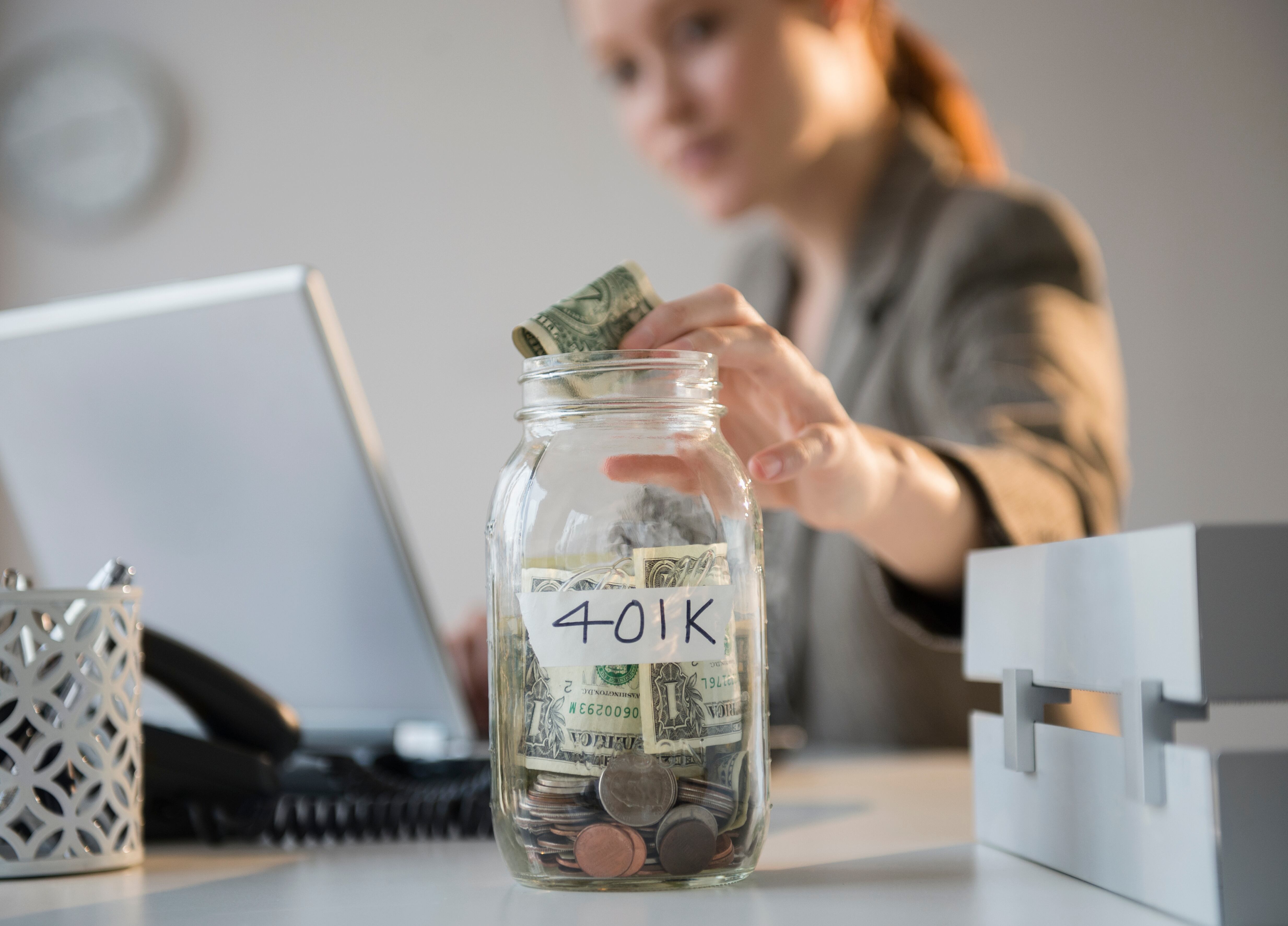Fast fashion may be becoming a thing of the past as consumers are increasingly turning toward more sustainable fashion choices — and brands are hearing them. Growing environmental awareness, ethical considerations, and the influence of social media have largely driven the change.
“The demand for sustainable fashion is quite robust and growing,” says Katrina Caspelich, chief marketing officer at Remake, a nonprofit fighting for fair pay and climate justice in the fashion industry. “This shift is encouraging brands and retailers to adopt more sustainable practices to meet the changing expectations of their customers.”
About 15 percent of global fashion consumers are already highly concerned about sustainability and consistently make purchasing decisions to lower their impact, according to research by Bain & Company and World Wide Fund for Nature. That number is expected to increase to more than 50 percent in the coming years as more consumers embrace sustainable practices.
There are major forces behind the expected increase, says Matteo Capellini, expert partner at Bain & Company.
“On one hand the regulator is taking big steps to make companies accountable for their hidden environmental and social costs, especially in the EU, on the other consumers will become more and more knowledgeable, and finally some “virtuous” companies will lead the pack realizing that the industry may lose its social license to operate,” says Capellini.
What is sustainable fashion?
Any type of clothing and footwear that is created and distributed with the least environmental impact is considered sustainable fashion. This means eco-friendly materials and reduced waste was used in its design and production, and that it adhered to ethical labor practices.
On the opposite end of the spectrum is fast fashion. Experts say the fast fashion industry is a massive polluter that contributes to water pollution, greenhouse gas emissions, and excessive waste. For every five garments produced, the equivalent of three end up in a landfill or incinerated each year, according to McKinsey & Company.
With the rise of sustainable fashion, consumers are increasingly looking for alternatives that are not harmful to the environment. Social media platforms like TikTok and Instagram have helped fuel interest in sustainable fashion by raising awareness about the perils of fast fashion and encouraging followers to see the benefits of sustainably produced fashion.
“Millennials and Gen Z are the primary drivers of the demand for sustainable fashion. They’re more environmentally conscious and socially aware, often willing to pay more for products that align with their values,” says Caspelich.
Some 51 percent of college students say they want to quit fast fashion or shop it less, according to ThredUp. Nearly 65 percent say they want to shop more sustainably.
“There’s also a growing number of consumers who prioritize ethical considerations in their purchasing decisions. These consumers are motivated by concerns over labor practices, animal welfare and environmental impact, driving them to seek out brands that demonstrate those practices,” says Caspelich.
What some brands are doing
Sustainable fashion began emerging in the late 20th century due to fast fashion’s negative effects on the environment. Some of the early brands practicing sustainable fashion were Patagonia who uses recycled materials and Everlane, which brought transparency in its supply chain and ethical production.
“Some fashion brands are increasingly embracing sustainability, both in response to consumer demand and as part of their corporate responsibility initiatives which include adopting more sustainable practices such as using organic and recycled materials, reducing waste, and ensuring fair labor practices in their supply chains,” says Caspelich.
For example, Stella McCartney has long championed cruelty-free and eco-friendly fashion using planet-friendly materials. Her most recent addition is seaweed fabric, a kelp-based yarn, Kelsun™️, made by Keel Labs, which debuted at her Summer 2024 runway show.
Another company called Paka is a leader in alpaca fiber apparel—they source their fiber from free-roaming alpacas in Peru’s Andes Mountains. Paris Karstedt, head of communications for Paka, says the brand is “creating innovation out of a time-tested alpaca fiber and pushing the boundaries of what the fiber can do.” For example, the Peruvian brand debuted its first puffer jacket using PAKAFILL® alpaca-fiber insulation.
“Consumers should care about sustainable fashion because the future depends on it,” says Kris Cody, CEO and founder. “Consumers can become more informed about sustainable fashion options by doing their research and seeing what companies are doing besides creating sustainable clothing.”
Cody says Paka donates 1 percent of profits to a non-profit organization, Peruvian Hearts, to help send local women to further their education.
“As more people learn about the impact of fast fashion, they are demanding more sustainable choices,” says Erin Houston, co-founder and CEO of wearwell, a one-stop-shop for sustainable clothing, accessories, jewelry, home, and secondhand items. “They want an alternative to clothing that is meant to be worn only a few times before it ends up in a landfill.”
The company is partnered with more than 50 brands that meet the industry’s strongest criteria for environmental sustainability and workers’ rights.
“My co-founder, Emily, and I started wearwell because we were personally frustrated at just how time-consuming it was to find pieces that were truly sustainably made and fit our personal style,” says Houston.
While some brands are intentionally engaging in sustainability, fashion supply chains are very complex, says Sonali Diddi, associate professor, Department of Design and Merchandising, affiliate faculty for the School of Global Environmental Sustainability at Colorado State University.
“Brands are taking a step-wise, phased approach to address sustainability issues in the supply chain. Like Levi’s is focused on water usage and better processes,” says Diddi.
She says brands like Patagonia are tackling almost all supply chain steps such as procurement, materials, labor, extended use and after use. Reformation is handling materials, carbon and water management. Mara Hoffman is focusing on materials and transparency. Stella McCartney is focusing on materials, quality, and extended use, while Outerknown is focusing on materials and fair labor, Diddi says.
But the sustainable fashion movement hasn’t been without its challenges. Designer Mara Hoffman recently announced her label is on pause after 24 years in the fashion industry. In a letter on her website, she called the fashion industry’s structure “archaic and was never built to prioritize Earth and its inhabitants.” The designer says she will remain an advocate and supporter of the sustainable fashion movement and will “reset and redirect my vision and energy into other creative outlets.”
The high costs of sustainable materials was cited by Hoffman as part of her decision to close. On the consumer side, Capellini says it can be hard for shoppers to understand the complexity and different impacts of making a garment or accessories.
And it’s even more difficult for consumers to discern what is actually true sustainable fashion. Capellini says “it all comes down to trusting a brand and what they tell you about those impacts and what they are doing to reduce them.”
How consumers can shop sustainably
Trust and a little research by a consumer can go a long way, especially when it comes to greenwashing. Greenwashing is when brands fake being eco-conscious via advertising and marketing without making any real effort to be sustainable. False claims and labels are used to trick consumers into thinking they are purchasing something that is eco-friendly.
“Typically, a great measure of a brand’s sustainability is how in-depth they go when providing their customers with information,” says Houston. “Are they telling you where the product was made and by whom? How is it produced? What materials are being used? Do they have certifications to back up their claims? Or are they simply using buzzwords like “sustainable” and “ethical” in their marketing?”
But sustainable fashion isn’t just about purchasing new items sustainably made, experts say. Consumers have a lot of choices when it comes to sustainable fashion, some of which begin in their own closet, such as upcycling old clothes.
Greener fashion options can be found via second-hand shopping at thrift stores, vintage clothing shops, resell apps, and the rental market. Second-hand shopping can save you money too. Thrift store shoppers save an average of $1,760 per year by purchasing secondhand, according to research by Capital One.
“Being sustainable is a lifestyle and commitment to being responsible and accountable. Every individual can be sustainable in their own ways,” says Diddi.
She says some strategies that consumers can use include avoiding buying new clothes, buying only what you need and when you need it, swapping and sharing items with family and friends, recycling and supporting sustainable brands locally made.
“Save up and buy a piece of clothing that is well made and will last long. These well-made clothes can be passed down generations, something that our grandparents handed it down generations and they are still in great shape,” says Diddi.
She says it’s important to note that recycling should be the last option, since only 20 percent of donated clothes get recycled “and the rest are landfilled either in the U.S. or after they are exported to other countries.” She says recycling also lowers the quality of the clothes.
Whether buying second hand or from a sustainable company, consumers should express their preferences through their spending choices, experts say.
“Support brands whose values align with yours. Recognize your purchasing power,” says Caspelich.
And while limiting shopping or no shopping at all is the most sustainable thing a consumer can do, Caspelich says if you must buy new, to try to think of it in the same way you would an expensive piece of jewelry.
“Because like that jewelry, it should be constructed with quality, go with almost everything you wear, stay in style for years, and make you feel good every time you wear it,” says Caspelich.
Ana Durrani is a journalist and "Jill of all trades." She’s a regular contributor to U.S. News & World Report, Forbes and more and has written for Realtor.com, EB-5 Investors Magazine, Military Officer Magazine, American Scholar Magazine, California Lawyer Magazine and many others. She thrives on tackling a very wide range of topics.









